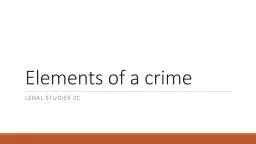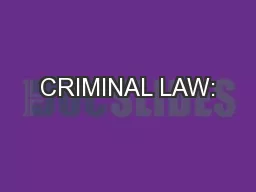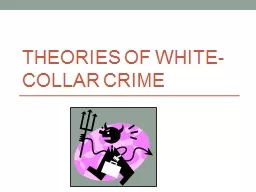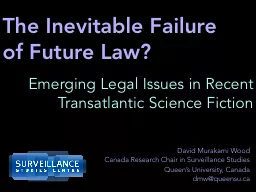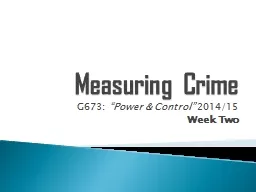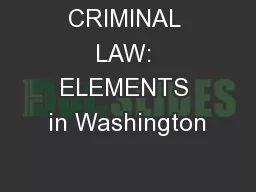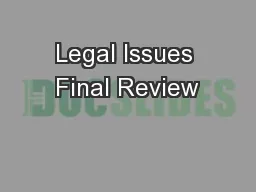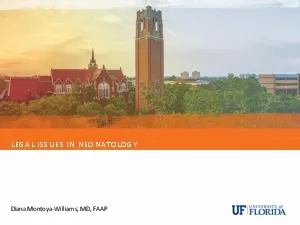PPT-Elements of a crime Legal Studies 3C
Author : likets | Published Date : 2020-06-24
Definition of a crime Crime is an act or omission which offends against an existing law is harmful to an individual or society as a whole and is punishable by law
Presentation Embed Code
Download Presentation
Download Presentation The PPT/PDF document "Elements of a crime Legal Studies 3C" is the property of its rightful owner. Permission is granted to download and print the materials on this website for personal, non-commercial use only, and to display it on your personal computer provided you do not modify the materials and that you retain all copyright notices contained in the materials. By downloading content from our website, you accept the terms of this agreement.
Elements of a crime Legal Studies 3C: Transcript
Download Rules Of Document
"Elements of a crime Legal Studies 3C"The content belongs to its owner. You may download and print it for personal use, without modification, and keep all copyright notices. By downloading, you agree to these terms.
Related Documents

